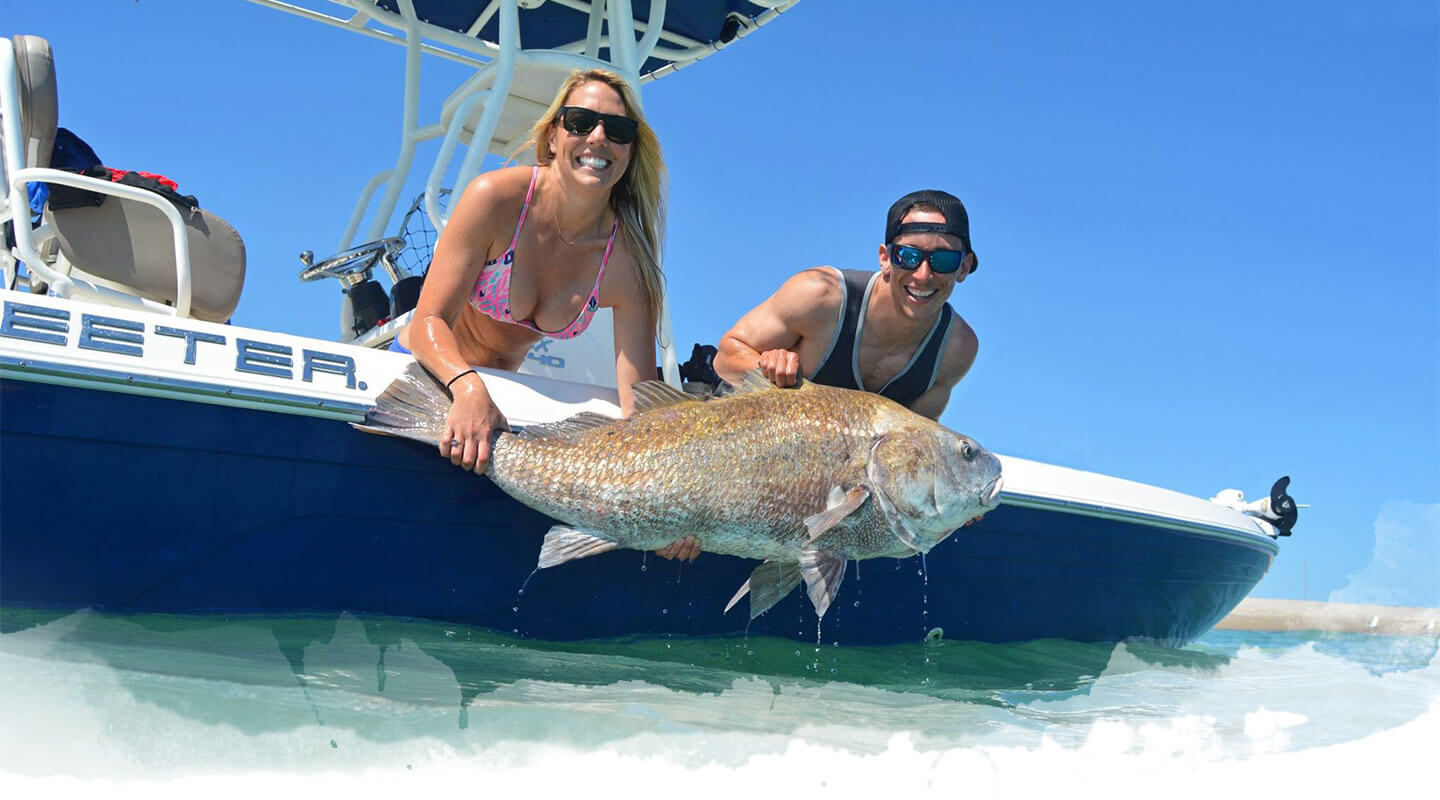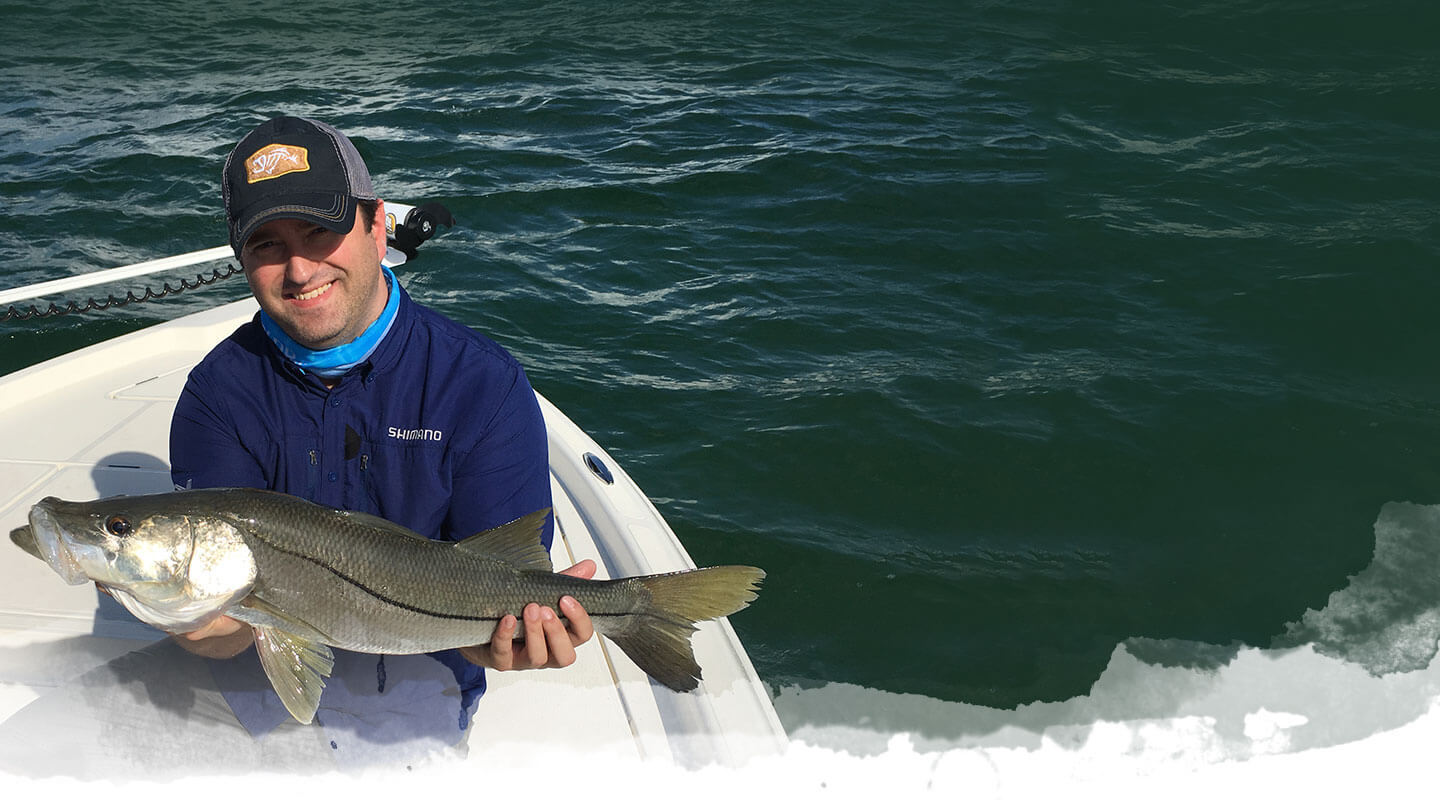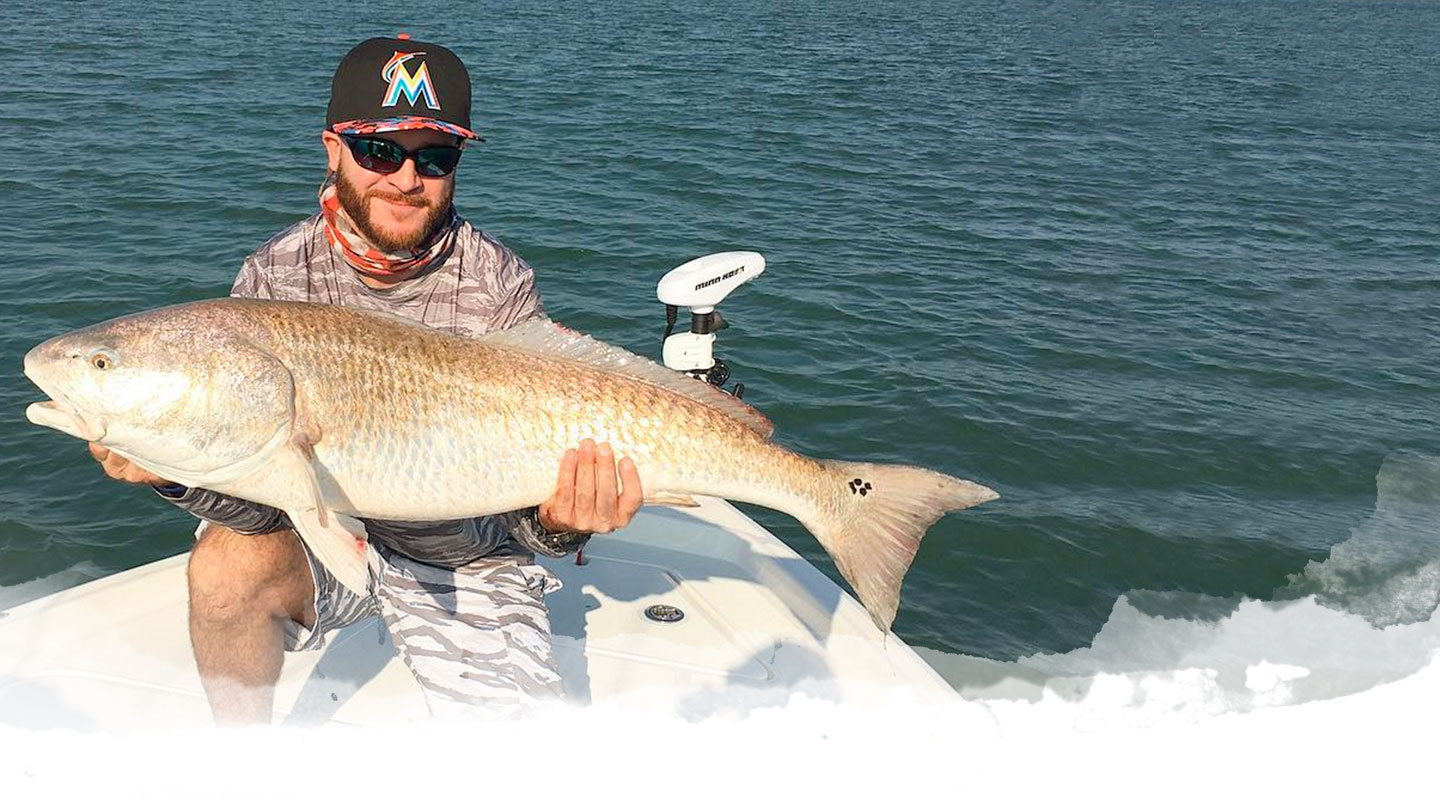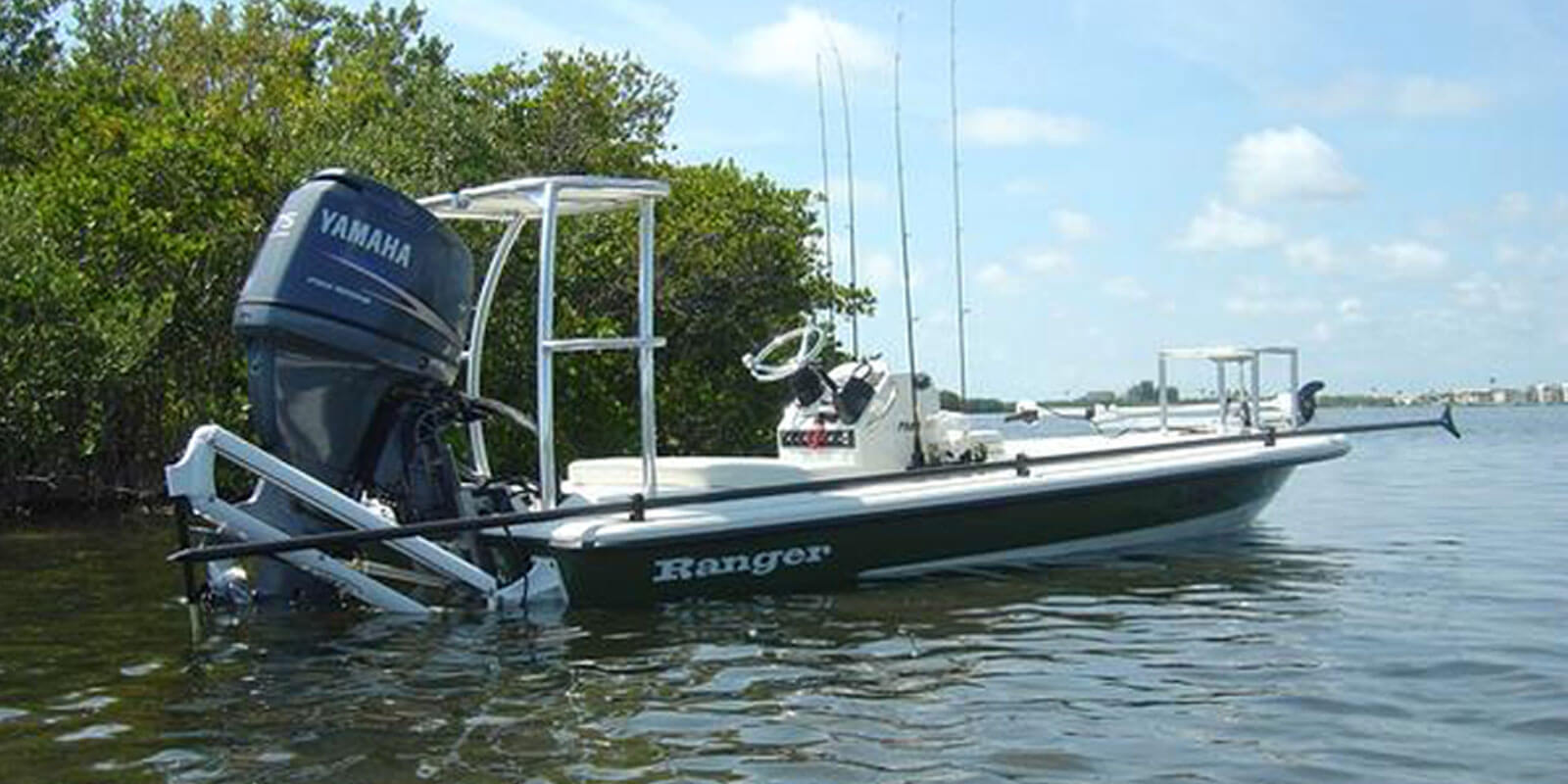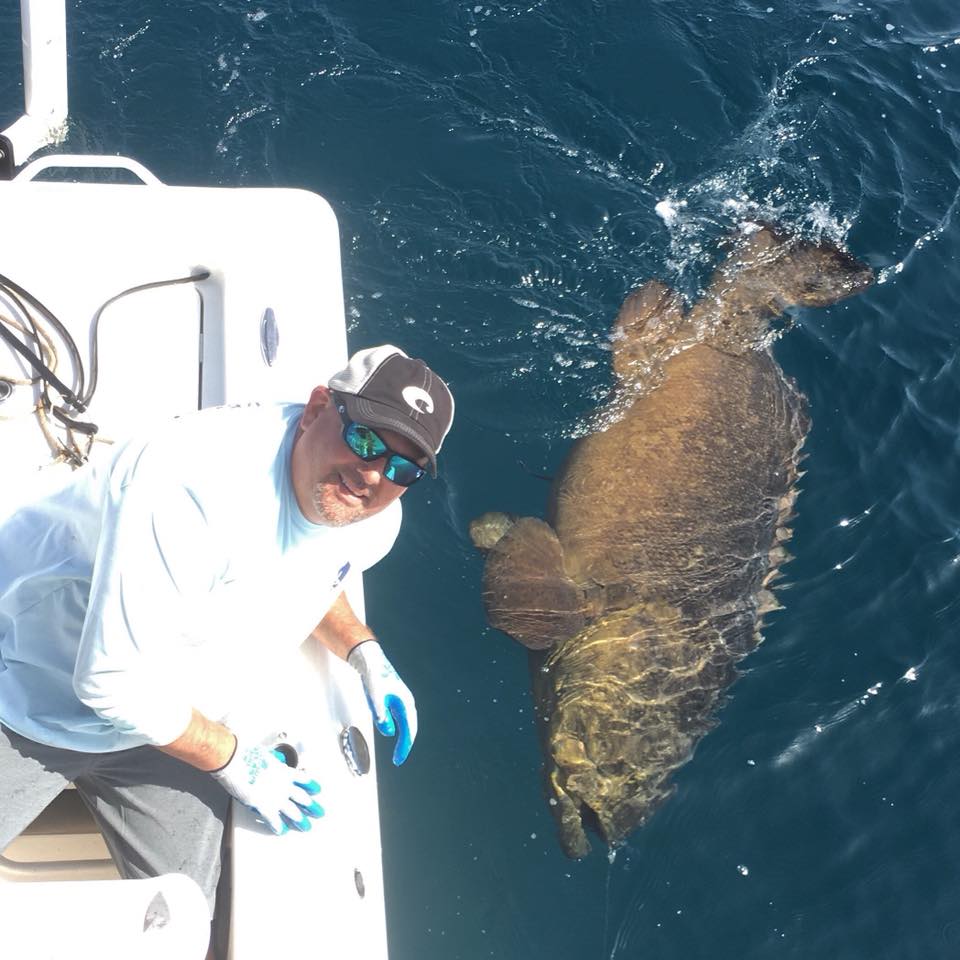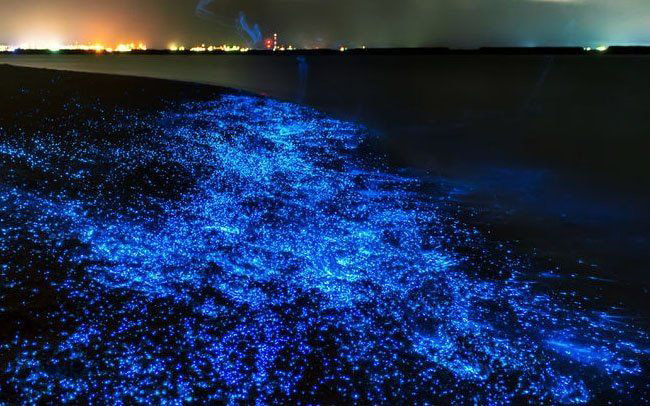Best Florida Fishing Charter Types
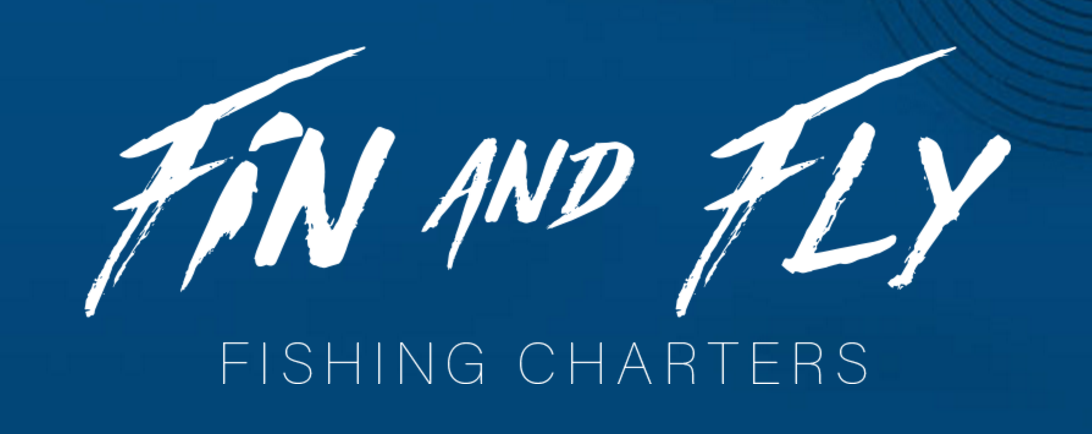
April 7, 2022
Best Florida Fishing Charters Types: A Charter for Every Interest
Fishing enthusiasts can find the best Florida fishing charter for just about any interest that they have, from deep-sea fishing to shark fishing and even small-time lake fishing charters. In Florida, fishing charters are not difficult to find. Most of the state is coastline after all. There is also hundreds of inland lakes to visit. No longer do people have to own a boat to hit the beautiful waters of Florida for their fishing desires. 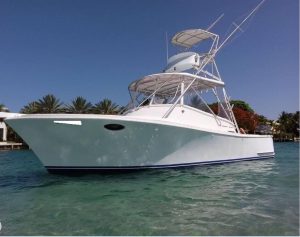
In this guide we’ll take a look at the most common types of Florida fishing charters and other reasons that people look to charter boats in and around the state. Florida offers some of the best fishing in the country and attracts people from around the world. Several of the biggest tournaments take place off the coasts of Florida as well. With all of the different charters available today you’ll find something that’s perfect for your solo getaway or even a trip that can entertain the whole family.
Deep-Sea Charters
If you’re looking for a trophy fish, offshore fishing or deep-sea fishing, Fin and Fly Fishing Charters is a popular choice in the Port Canaveral and Central Florida area. There are dozens of charter options, but they are not all created equally. Make sure that you take the time to find a reputable experienced charter service that can deliver the fishing experience that you have always wanted.
Deep-sea fishing in Florida can be great for those who want to catch:
We’ll talk more about shark tours in the section below. It is one of the most popular deep-sea fishing options in the state. The rest of these trophy fish can make a tasty catch or a beautiful addition to your collection. All and can be found all along the central coastline during the right times of the year.
Check with your charter ahead of time if you have a specific species or type of fish in mind for your outing so that you can plan accordingly.
Inshore Charters
Central Florida also has some of the best inshore fishing that you’ll find in the Southeastern U.S., and perhaps anywhere in the country. Inshore charters can take you all around Cocoa Beach, Port Canaveral, Daytona Beach, and even Orlando, allowing you to catch an array of various smaller fish, both the freshwater and saltwater varieties. Depending on exactly where your charter takes you, you’ll find:
Of course you may also come across other species depending on where you go and what time of year you visit. If you’re itching for a specific type of fishing, make sure that you check with your charter provider before you go.
Inshore charters will take you along the rivers, inlets, lakes, lagoons and other waters of the area to explore all kinds of marine life. Including the fish that you can catch. Plus the best Florida fishing charter companies provide all the equipment that you need to have a good time so that all you have to do is show up.
Shark Fishing Charters
Those who want the biggest adventure will love the shark fishing charters that are available in Florida. Including tours off the popular Space Coast where you can find some great shark sightings. If you choose the right charter provider, you’ll also get all equipment and the best boat for shark fishing included. Which means you don’t have to worry about supplying (or traveling with) your own gear.
Shark fishing charters will take you out on the open waters of the Atlantic Ocean. And when you’re in the Cocoa Beach and Cape Canaveral areas, you’ll be able to catch an array of sharks including:
- Hammerheads
- Bonnetheads
- Nurse sharks
- Blacktip sharks
- Spinner sharks
- Lemon sharks
- Blacknose sharks
- Thresher sharks
- Blue sharks
- Atlantic sharpnose
Whether you’re looking to land a big one to show off to your buddies or you just want the chance to be up close and personal with these beautiful beasts, a shark fishing charter is a lot of fun for the adventurous types.
Bioluminescence Tours
These aren’t fishing charters, per se, but they’re an option that allows you to explore Florida’s beautiful marine life in all its glory. Bioluminescent plankton light up the waters of Central Florida during the summer months, usually between June and September, and give your private party a chance to see a whole new side of nature. These tours are best when the moonlight is low. Choosing a reputable tour provider will ensure that you get taken to the best locations for these kinds of excursions, too.
How to Choose The Best Florida Fishing Charter
If you’re ready to hit the waters and explore all the fishing Florida has to offer, there’s a lot to choose from. The good news is that you’re not stuck choosing just one if you don’t want. Depending on how long you’re staying on the Space Coast or how close you are and capable of traveling back. You can take every single one of these excursions and more.
Take the time to think about the different levels of difficulty involved in the fishing excursions you consider. Think, also, about whether you’re ready to hit the deep seas of offshore waters or if you’d prefer to stay closer to shore. Consider how long the charters are for (or how long the tour lasts) and what you’re spending. Is equipment included too? That’s helpful for anyone visiting because it means you don’t have to worry about getting your own gear.
You’ll Never Have a Bad Time
With so much to see and do, you’re sure to find plenty of Florida fishing charters to suit your tastes in Florida. You might have to make multiple trips to experience them all. Whether you’re coming for sharks, some deep-sea “bigguns,” or even just a chance to enjoy some great inshore fishing with smaller species, there is something here for everyone.

